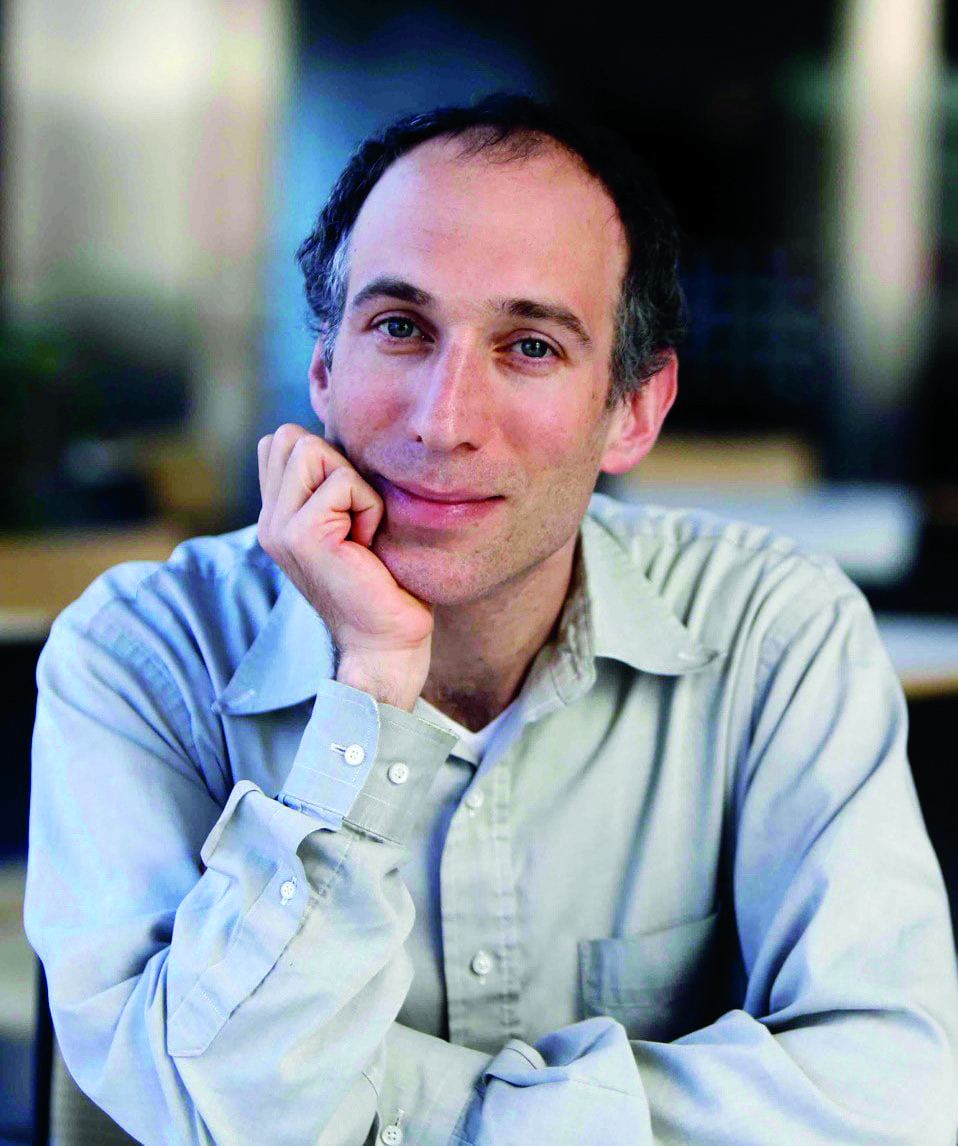Overturning long-held beliefs about the past, new insights from ancient DNA have revealed exciting surprises about who we are as people and how we got here.
In just the last few years, the ability for scientists to extract and sequence DNA from bones that are tens of thousands of years old has changed our understanding of the human story. Perhaps there are few better to tell that tale than the population geneticist David Reich.
In his new book, Who We Are and How We Got Here, Ancient DNA and the New Science of the Human Past, Reich explains the significance this new technical innovation has had in the study of human history and prehistory. He has packed into this book, not just an explanation of the difficulty in initially finding and sequencing DNA from these samples, but also what it means and how it has changed what we know about out our history.
“Basically, it’s a gold rush right now;” Reich said in a February 2016 interview with The Edge. “It’s a new technology, and that technology is being applied to everything we can apply it to, and there are … many gold nuggets strewn on the ground that are being picked up very rapidly. That’s what’s happening now.”
In his book, Reich describes ancient DNA researchers like himself as barbarians overturning the old and long standing approaches to studying human history.

David Reich Photo: Bizu Tesfaye (Howard Hughes Medical Institute)
“Ancient DNA has allowed us to peer deep into time and force us to question our understanding of the past,” he writes.
A professor of Genetics at Harvard University and a Howard Hughes Medical Institute Investigator, Reich opened his own ancient DNA lab at Harvard in 2013, with the help of Svante Paabo, who was the first to use DNA extracted from ancient bones to sequence the Neanderthal genome. That has revealed the more than being just ancient cousins, early modern human and Neanderthal interbreed, and DNA fragments of those encounters live on today in all humans outside of Africa. Similar findings have been made around Denisovans, another ancient human cousin, and other “ghost populations” that have died out. And with each revelation comes a revision of human prehistory and mankind’s migration out of Africa and across the globe.
In his book, Reich also reveals in a chapter called “The Great Mixing” a refrain in of human history, that no matter how divergent the population, humans intermixed and that all populations today are mixed.
“The mixtures of highly divergent groups have happened time and time again,” he writes.
He uses examples of populations in India, that intermixed 2,000 to 4,000 years ago, as well as more recent mixing among African Americans, Latinos and European Americans. Some of that mixing also reflects the “deep history of inequality” among the different populations and sexes.
Toward the end of his book, Reich talks about his optimism that this work to highlight human connections, not their differences.
“[If] you actually take any serious look at this data, it just confounds every stereotype. It’s revealing that the differences among populations we see today are actually only a few thousand years old at most and that everybody is mixed,” he said in a recent interview.